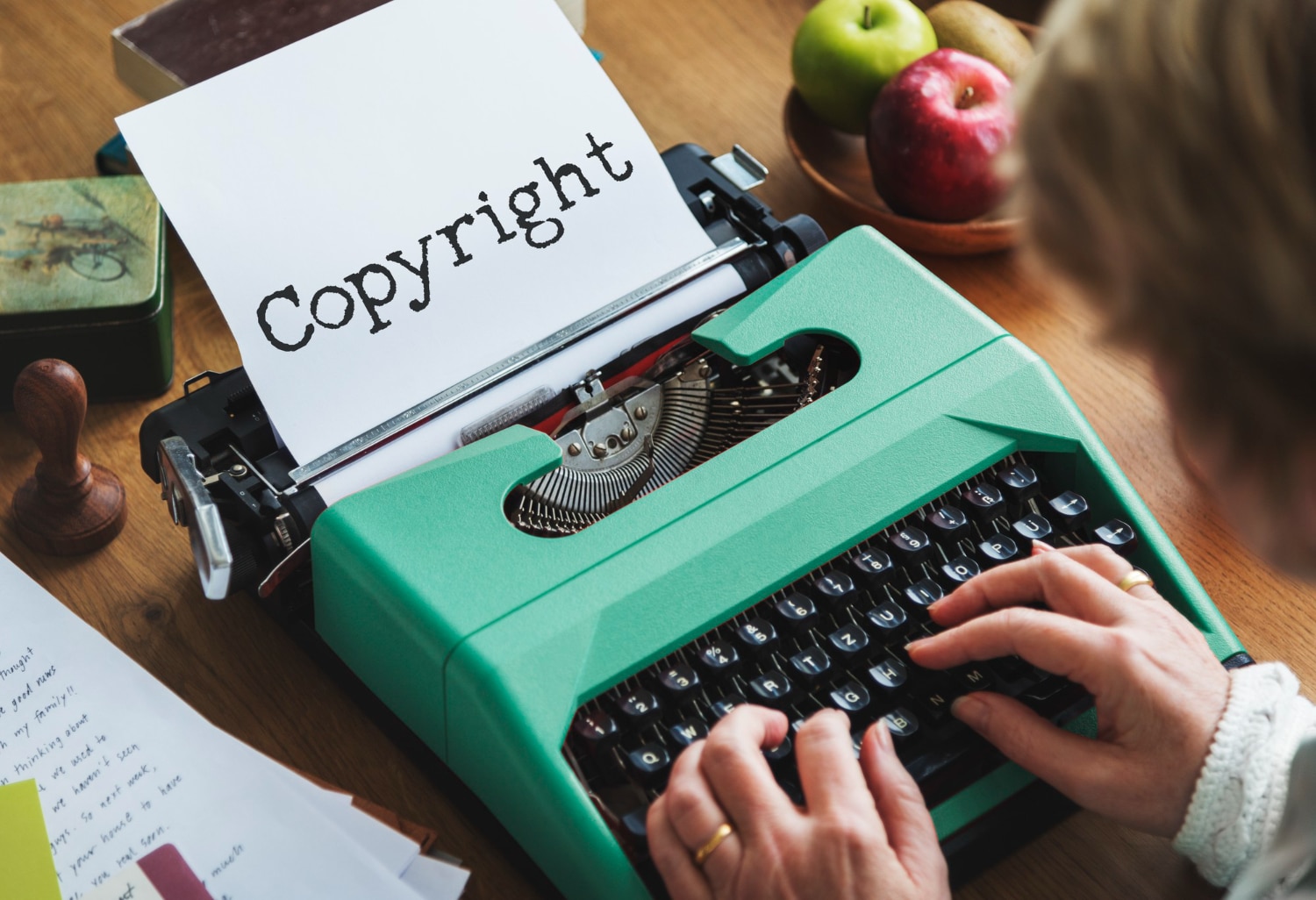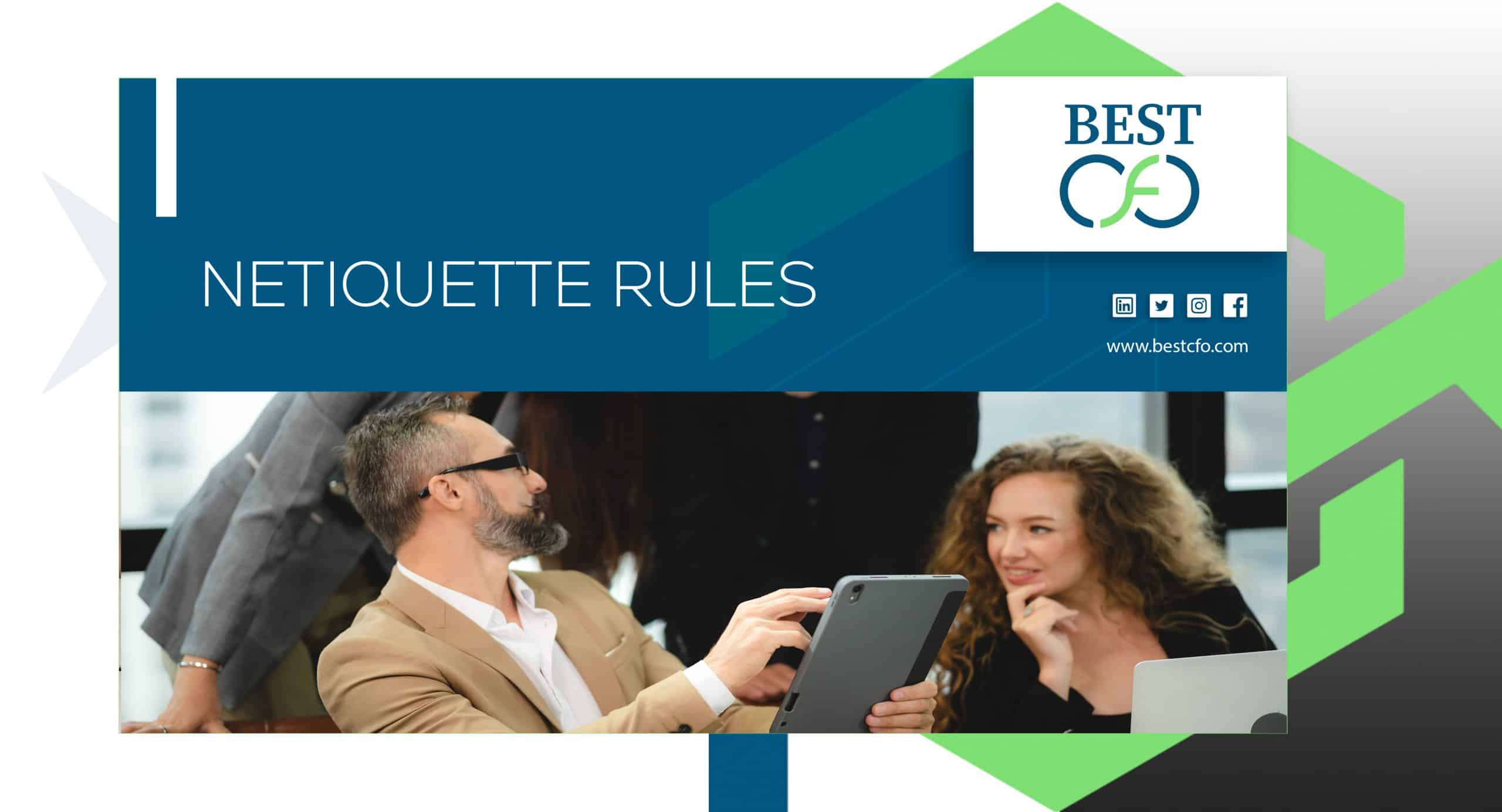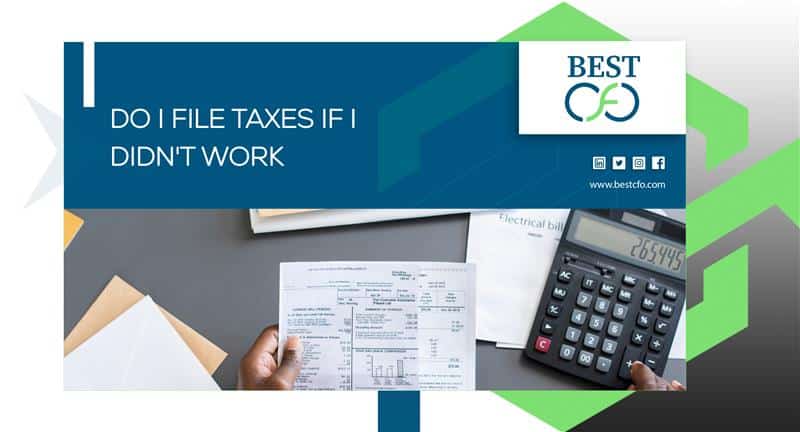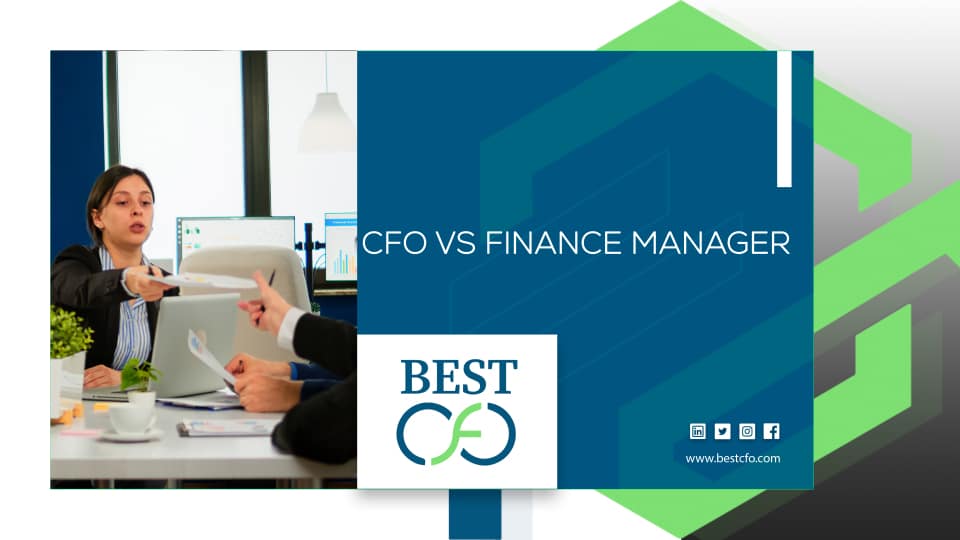
| Getting your Trinity Audio player ready... |
Patent vs Trademark vs Copyright: What’s The Difference Between Them?
When you create something new—like a brand logo, a cool invention, a software program, or a piece of music—you want to protect it. That’s where intellectual property law comes in. But understanding the difference between patents, trademarks, and copyrights can be tricky.
Each of these gives legal protection in different ways. Whether you’re a small business owner, a software developer, or an artist, it’s important to know which one applies to your work. Let’s break it all down in simple terms so you can protect your ideas the right way.
What is a Patent?
A patent is a legal paper that gives you the exclusive right to make, use, or sell an invention. It helps protect new ideas in technology, product development, medicine, and other fields. Think of it as a way to stop others from copying your idea and making money from it without your permission.
A patent can cover machines, software, chemicals, and even certain plants. To get one, you must file a patent application with the United States Patent and Trademark Office (USPTO).
Types of Patent
There are three main types of patents in the United States:
- Utility patents: These are the most common. They protect how something works. For example, a new type of computer program or a machine that filters water.
- Plant patents: These cover new plant types created through special growing methods, like a new kind of rose.
- Design patents: These protect how something looks. For example, the shape of a soda bottle or a phone’s curved edges.
Patent Example
Let’s say you invent a new type of medication that treats allergies faster than others. You can apply for a utility patent. Once granted, nobody else can make or sell your drug without your consent.
Patents are useful in product management, business law, and innovation, but they don’t last forever. A utility patent usually lasts for 20 years.
What is a Trademark?
A trademark protects words, logos, slogans, or symbols that show your goods or services are unique. It’s all about your brand—what customers recognize and trust.
If you own a company and use a name like “QuickFix Plumbing,” that name can be your trademark. If someone else uses it without permission, they can be stopped under United States trademark law.
Trademarks are also part of marketing, business economics, and promotion and marketing communications.
Trademark Example
Think about the Golden Arches of McDonald’s or Nike’s slogan “Just Do It.” These are trademarks. They help people know who made the product. The logo, design, and name are all legally protected.
You register trademarks with the United States Patent and Trademark Office to make sure they’re legally yours.
Trademark vs Patent: Key Differences
Let’s clear up the confusion between trademarks vs patents:
Feature | Trademark | Patent |
Protects | Brand name, slogan, or logo | New invention or process |
Filed With | USPTO | USPTO |
Length of Protection | Can last forever (with renewal) | Usually 20 years |
Example | Apple logo, Nike’s slogan | iPhone technology, new machine |
Trademarks are about reputation and brand identity. Patents are about protecting new ideas and how things work.
What is Copyright?
Copyright is a legal right that protects creative works. If you write a book, draw a painting, record a song, or code a piece of software, copyright helps make sure no one can copy or use it without your okay.
Unlike patents or trademarks, you don’t need to register copyright, but it’s a good idea. You can do this with the United States Copyright Office. It helps protect your rights in arts, mass media, visual arts media, and music.
Copyright Example
If you write a novel or create a digital painting, copyright gives you the power to control who uses it. You can even earn royalty payments if someone uses your work in a movie or commercial.
Copyright law also protects computer programs, sound recordings, photographs, and choreography. It supports freedom of expression law while making sure authors and creators get credit and income.

Copyright vs Patent: Key Differences
Feature | Copyright | Patent |
Protects | Creative works | Inventions and new ideas |
Duration | Life of author + 70 years | Usually 20 years |
Needs Registration? | No (but helpful) | Yes |
Examples | Songs, books, images | Machines, medical tools, software |
Copyright is ideal for creative works like writing, painting, and music, while patents protect things you build, invent, or design.
Table of Comparison: Patent vs Trademark vs Copyright
Here’s a quick view to help you compare patent vs trademark vs copyright:
Feature | Patent | Trademark | Copyright |
What it protects | Inventions, technology | Brand names, logos, slogans | Creative works |
Legal basis | Patent law, property law | United States trademark law | Copyright law |
Registration | Required | Strongly advised | Optional but recommended |
Length | 15–20 years | Unlimited with renewal | Life + 70 years (U.S.) |
Best for | Inventors, developers | Brands, companies | Writers, artists, musicians |
Each form of protection plays a different role in business management, digital media, and culture. Knowing which to use helps keep your work safe and your company strong.
Where To Find Help With Patent vs Trademark vs Copyright
It’s smart to get professional help when dealing with intellectual property. Here are some options:
- Visit the United States Patent and Trademark Office (USPTO) website for patent and trademark info.
- Contact the United States Copyright Office to register creative works.
- Hire a patent attorney or intellectual property lawyer to help with legal steps.
- Use public tools to search public records of patents and trademarks.
- If you’re unsure which protection fits your idea, talk to a business law expert.
These professionals can guide you through legal liability, license agreements, and registration steps, especially if you run a business or manage a subscription business model.
Conclusion
Understanding Patent vs Trademark vs Copyright is key to keeping your work and ideas safe. If you invent something, write something, or create something original, you deserve to control how it’s used.
- Use a patent for new inventions and technology.
- Use a trademark for your business name, logo, or slogan.
- Use copyright for songs, art, writing, and software.
If you’re looking for expert help with any of these protections, Best CFO offers guidance in business process, intellectual capital, and data management. We help you protect what you create, so you can focus on growing your organization and reaching more customers.
Need support with Patent vs Trademark vs Copyright? Contact Best CFO today—we’re here to help your business shine.
FAQs
1: Can one idea be protected by all three—patent, trademark, and copyright?
Yes! For example, a smartphone can be protected by a utility patent (its tech), a design patent (how it looks), a trademark (the brand logo), and copyright (its software or user guide).
2: Do I need a lawyer to file a patent or trademark?
It’s not required, but it’s highly helpful. Patent and trademark laws can be complex. A lawyer can make sure your application is done correctly.
3: Can I use someone else’s copyrighted work if I give credit?
Usually no. Giving credit doesn’t replace getting permission. Copyright owners must allow use unless it’s under fair use rules.
4: What’s the difference between a service mark and a trademark?
A service mark protects services instead of goods. But legally, they work much the same. The USPTO handles both.
5: Can a slogan be trademarked?
Yes, if it clearly shows your brand and isn’t too generic. For example, “Just Do It” is a trademarked slogan for Nike, Inc.
Related Posts
The Top 30 Netiquette Rules How Not to Be That Person Online
Tangible vs Intangible Assets: What’s The Difference? Let’s be real: asset talk doesn’t exactly scream…
Do You Need To File Taxes If You Didn’t Work?
Stock Analysis 101: Revenue Forecasting and Growth In the rapidly evolving world of business today,…
What Is a Debit Card? Complete Pros & Cons of a Debit Card
What Are the Most Important KPI For Finance Department To Track In today’s fast-moving economy,…
Is It Illegal to Pay Personal Expenses from a Business Account of an LLC?
Gross Margin vs Gross Profit: Profit Margin & How to Calculate When running a business…
 Demos
Demos  Colors
Colors  Docs
Docs  Support
Support 














